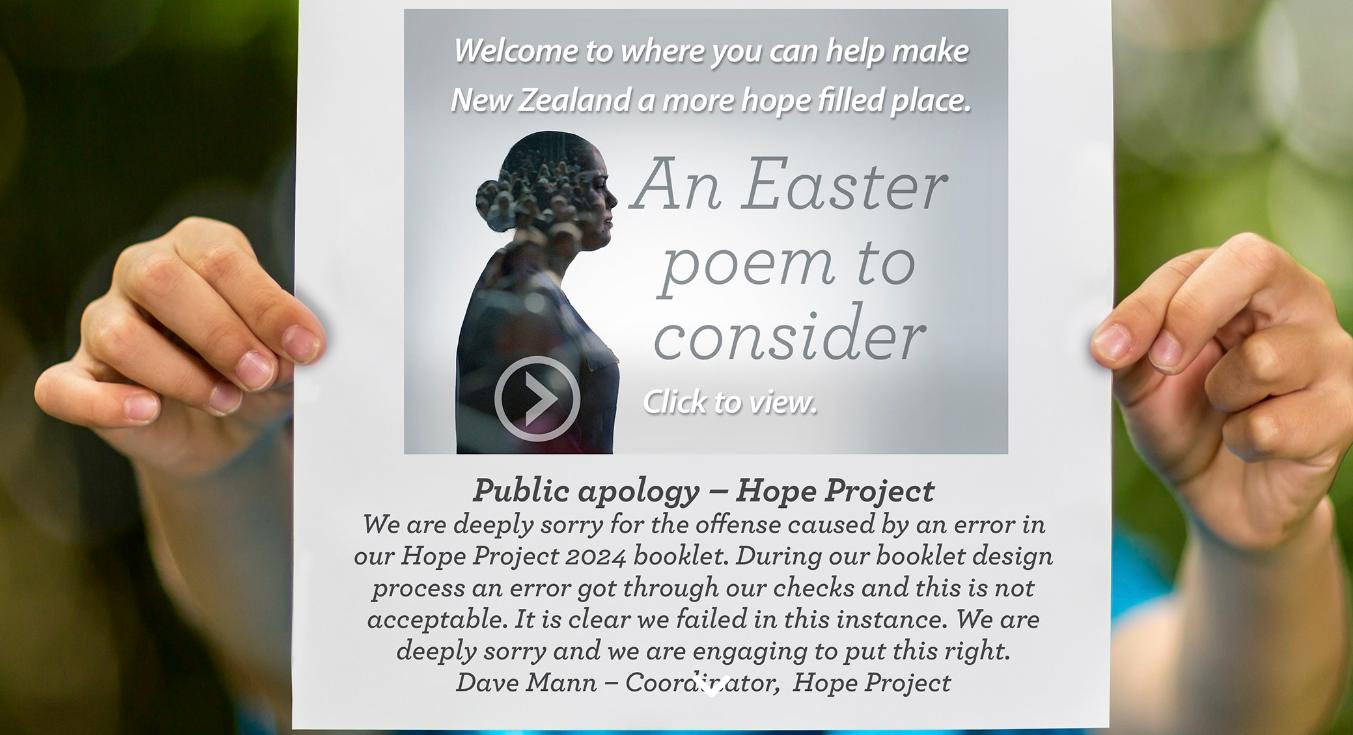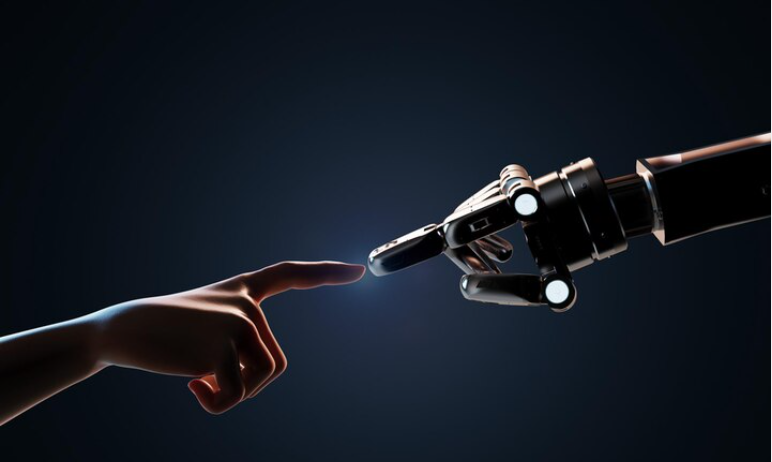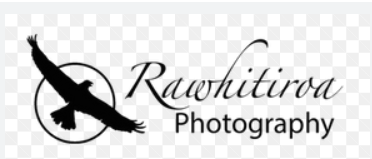I provide my commentary of this weeks 6 media stories of Māori related news regarding Artificial Intelligence and Data Sovereignty. Noting it is highly unusual for even one media story a week regarding Māori and Artificial Intelligence.
It is also a reminder that we all must be talking about and recognising Artificial Intelligence is being woven into our societies whether we are aware or even want it.
Rawhitiroa Photography (March 26, 2014)
The Māori photography FaceBook page Rawhitiroa Photography announced that the Christian group “The Hope Project” stole their image of Patrick Mohi laying the wero at Te Wānanga Mau Taiaha o Mokoia and added someone else’s face onto his body and photoshop the background. The image was used in their advertising material in a context that implied that it represented Ruatara, an ancestor from Te Tai Tokerau to give legitimacy to their religious messages. Te Ao Māori News was the first to break the story.
Rawhitiroa Photography found out about the image as the flier was delivered the person in the original photo’s son.
To add insult to the blatant theft, breach of Māori tikanga (customary protocols) and cultural misappropriation:
When challenged about it, they had the cheek to say that the images were from the public domain and that copyright didn’t apply.
I have chosen not to use the images, but they were still on the public Facebook page at the time of writing. So yes, there is nothing illegal about this under New Zealand intellectual property rights legislation, but it is offensive and unethical for the designer and the company.
In the afternoon of Wednesday 27 March, the The Hope Project web site front page had an apology. A screen shot follows. The image was linked to a YouTube video about Easter and the sacrifice of Jesus Christ.
It raises several issues that I have been warning Māori about for over a decade. Any images we share in public are able to be adapted, deep faked, sold, republished etc. Social media platforms often take copyright or licence to use and redistribute your images as a part of the sign up.

This blatant theft of an image occurred in the same week as public figure and newsreader Oriini Kaipara ousted ArtworkCity.com for offering for sale a painted image of her and her moko kauae, without her permission. Noting this was the secind high profile case involving Oriini Kaipara in recent times.
Te Ao Māori News in their coverage of this incident provided commentary from the offending company ArtworkCity.com and they had removed the product.
Christian Mendoza, the founder and creative director of ArtworkCity.com, said the image was removed after “one or two complaints”.
He accepted the company was “disappointed” and intended to “take this as a learning curve”.
Mendoza pointed to the uploading process, saying “as an artist, we give them the benefit of posting what they should know would be culturally appropriate.
“When we approve the artist, we don’t handle the artwork they upload.
The comment from Christian is weak and lazy. There are plentiful resources online and in the community about cultural appropriation. Just the audacity thinking that it is ok to take an image of someone without their permission and then offering it for sale and in this case, a sale price of $1200.00.
It is ever increasingly easier for anyone to create deep fake images and videos in a very short time. I suspect we are about to see a tidal wave of deepfakes in New Zealand that will target Māori and Politicians as well as many other minority groups.
Moko in particular has always been a prime target of intellectual property theft and in our early history the illicit trade of mokomokai (tattooed heads) was common with European traders. Theft of digital images of moko will likely increase with new technologies spying on us such as Facial Recognition Technology and with Artificial Intelligence image generators. The technology is readily available to non technical people to copy and recreate images such as moko from a photo.
The Stuff Group Te Puna, Straker and Microsoft report an AI partnership for media Wednesday 27 March.
A quote form the bilingual media release at https://advertise.stuff.co.nz/news/ai-strengthens-te-reo-maori-use-nzs-largest-digital-news-site
The Stuff Group Te Puna, Straker and Microsoft have partnered to increase the number of articles in te reo Māori. The unique pilot programme supports the revitalisation of te reo Māori and helps normalise it through Stuff’s platforms, digital channels and publications.
The technology partnership with Microsoft and Straker combines human translation with artificial intelligence, enabling the translation of content at scale, which is quality-checked by translators and editors before publication.
Kua pāhekoheko a Stuff Group Te Puna, Straker me Microsoft ki te whakarahi ake i ngā pūrongo reo Māori, koia rā te reo taketake o Aotearoa. He mea ahurei te hōtaka whakamātau nei e taituarā ana i te whakahaumanu ki te reo rangatira hei whakamāori i a ia mā ā Puna pae arapāho, ara matihiko me āna pānui maha.
Mā tēnei rangapū mahitahi hangarau ki ā Straker me Microsoft, e hanumi ana tā te tangata whakamāori me te hinengaro rorohiko, e taea ai te whakawhitinga o ngā ihirangi maha, e hihiratia ana e te tangata i mua i te whakaputa.
This has caused much online discussion and apprehension. I have been writing a deep analysis of te reo Māori (Māori language) and Artificial Intelligence, this announcement has forced me to dedicate more time to the subject.
In summary, this is a positive story that reflects the Māori language is alive and relevant with the most recent wave of new technologies that are being used en mass in homes, work places, education and in all aspects of society. I recall in the late 1990’s as a techy in the IT industry my role was to revitalise the Māori language with technology. It was a burden for all Māori language speakers and learners that we could not use macrons, spell check or see anything on a computer or the Internet written in the Māori language. 30 years later we have full immersion of the Māori language with technologies including Artificial Intelligence.
Caution is required though. We know that the AI is only as good as the data. To date, there is not enough good quality Māori language data being accessed or even digitally existing to make the Māori language in the AI really good. It is likely that this initiative with the corporates involved will identify and access the very large amounts of materials required and digitise it for their AI. This will create a number of issues for families and individuals whose recordings will be accessed and used. There will be a number of Intelectual Property discussions to be had and I expect the WAI 262 Claimants group will be discussing these issues and how to protect Māori, whānau, hapū and to a point some iwi.
While we wait for the AI to get the correct data, we will need a human to proof read and to check for hallucinations which some Māori will say is the mauri of the data in the AI speaking to us. The produced articles will then be as good as the quality of the human editor.
In summary, I think this is a great initiative and if managed well, will be a huge opportunity for the widespread usage of te reo Māori and a natural form of bilingualism. Language revitalisation will flourish as the current generations of Māori language speakers will see te reo Māori as normal and relevant.
Stuff Wednesday 27 March.
Stuff announces in their article with the headline ” There’s too much at stake to not seize AI opportunity for te reo” that they are trailing AI to translate English stories to enable bilingual news articles. This is the first bilingual story.
At about the same time as the media release announcing the partnership to offer bilingual stories, the first AI generated bilingual Stuff article is published with the following introduction:
This story, originally in English only, was translated into reo Māori by an AI tool then checked and edited by a human before publication as a bilingual news story.
Kua whakamāoritia tēnei pūrongo e tētahi hinengaro rorohiko, ā, kua hihiratia e te tangata, kua whakapai ano hoki, i mua o te whakaputa hei pūrongo reorua.
The article is a heartfelt story about the theft of and the almost extinction of the Māori language from Māori, to concerns about AI and other peoples perceptions of AI and te reo Māori.
The concerns were certainly raised online in many communities. There was a clear division of those for AI and those against. There was also a key theme that we as Māori need to discuss this together with facts, not scare mongering commentary from those who oppose the Māori language being used by non humans. It was also clear that Māori need to be in control of the processes that AI will use to produce Māori language content and to ensure that the language is of a high standard.
Others commented that the Māori language used in the article was not of a high enough standard. But that is a matter for Māori language experts to debate and decide upon. For me, it was readable and where I was not sure of a sentence, I could quickly and easily check the English sentence or word and comprehend that article. Thus, providing a new teaching resource of the Māori language to me.

RadioNZ Wednesday 27 March.
RNZ reports with the headline “Sensitive NZ Police video evidence shuffled around US tech companies”
Not so obvious that it relates to Māori and AI. But when we look at the Police annual reports and the statistics, they show Māori are more likely to be recorded and photographed and to be suspects of crime. So it is likely that a large amount of the data mentioned in the article is Māori Data.
Sensitive video evidence compiled by New Zealand police has been shuffled around between US tech companies without them knowing, a newly released document reveals.
Reports about the risks and costs around the government’s big push for public agencies to use ‘cloud’ computing have revealed police had more than 20 systems handled by private companies under cloud computing contracts.
As with New Zealand health data, the Police data is stored offshore. There are many implications to individual and family privacy, jurisdictional issues as well as a direct breach of Māori Data Sovereignty principles.
Another concern for me that is not raised in this article, is if any of the sensitive data is being used to train AI?
Te Ao Māori News at Māori Television has the following article
Researcher urges Māori to get ahead within the AI sector that I contributed to in regards to my latest research about Māori voices in the AI industry. The other news articles on this page again reinforce and highlight the need for Māori to consider Artificial Intelligence and its impacts on all aspects of Māori culture and the need for Māori to have more representation in the AI industry.

The AI Forum in their regular newsletter announced they are expanding their Kāhui Māori.
We are also expanding our Kāhui Māori Advisory Panel to help broaden our inclusion and share the increased workload.
As a member of the Kāhui Māori, this is positive and this was a kāhui decision to get a wider scope for Māori voices and to contribute to the many opportunities the AI Forum is providing for Māori.
Also of benefit to Māori is the LLM living paper which has the first chapter dedicated to Māori.
Large Language Models (Gen AI) Working Group’s living white paper is being delivered by a new partnership, with SupaHuman doing the development work and Google providing the tech. The launch date is set for 22 May during TechWeek – registration details coming soon.
Disclaimer: All images are copyright their respective owners.




Leave a Reply
You must be logged in to post a comment.